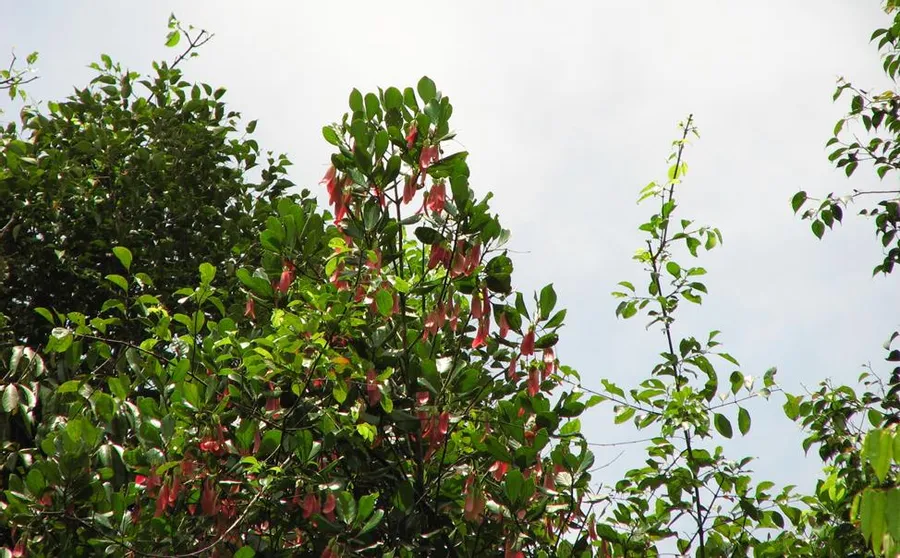Protecting rare tree species in Malaysia
Strengthening the monitoring and conservation procedures of the critically endangered Dipterocarpus sarawakensis in Jerangau HCVF area of Peninsular Malaysia and beyond.
Protecting rare tree species in Malaysia
Research
With the conservation of biodiversity and rare species integral to sustainable forest management, we supported the development of monitoring and conservation procedures for endangered species in Peninsular Malaysia.
The Jerangau Forest Reserve in the district of West Terengganu, Malaysia, is home to many rare and endangered plant species. In 2008, the Terengganu State Forest Department (FD) established a 63 hectare High Conservation Value Forest (HCVF) in the reserve to protect a population of Dipterocarpus sarawakensis, a rare tree species only found in Peninsular Malaysia and Borneo, and listed as critically endangered in Malaysia.

Since the establishment of the HCVF, the Forest Research Institute Malaysia (FRIM) and Terengganu FD have located the Dipterocarpus sarawakensis trees in the area and carried out general monitoring measures to maintain the population viability of this species.
However, a lack of funds meant it was possible to develop specific monitoring procedures or conservation measures for the Dipterocarpus sarawakensis, nor had other rare species found in the forest reserve been documented. This was a missed opportunity, as these activities would not only reduce population decline in rare species but also improve forest management practices and advance sustainable forest management in the country.
PEFC and Dipterocarpus sarawakensis
In response to this untapped opportunity, the 2013 PEFC Collaboration Fund supported a FRIM-led project to develop and recommend monitoring procedures and conservation measures for Dipterocarpus sarawakensis in the Jerangau HCVF area.
The project partners monitored areas of the HCVF and from the resulting data, developed specific management prescriptions to maintain the population of Dipterocarpus sarawakensis and other rare and threatened species. These recommendations were published in a final report at the end of this two year project.
In addition, active transfer of knowledge and capacity building in the field took place continuously throughout the project duration, improving the skilled knowledge among the field staff. This was also backed up with formal teaching such as presentations and workshops.
On a national scale, the lessons learnt from this project will contribute to the fine-tuning of national level guidelines for managing HVCFs. Malaysia is currently in the process of implementing a network of HCVFs in its forest reserves and this project will be the first attempt to put in place specific monitoring and conservation measures. Furthermore, the findings will also contribute to the revision of the country’s existing HCVF Toolkits.
